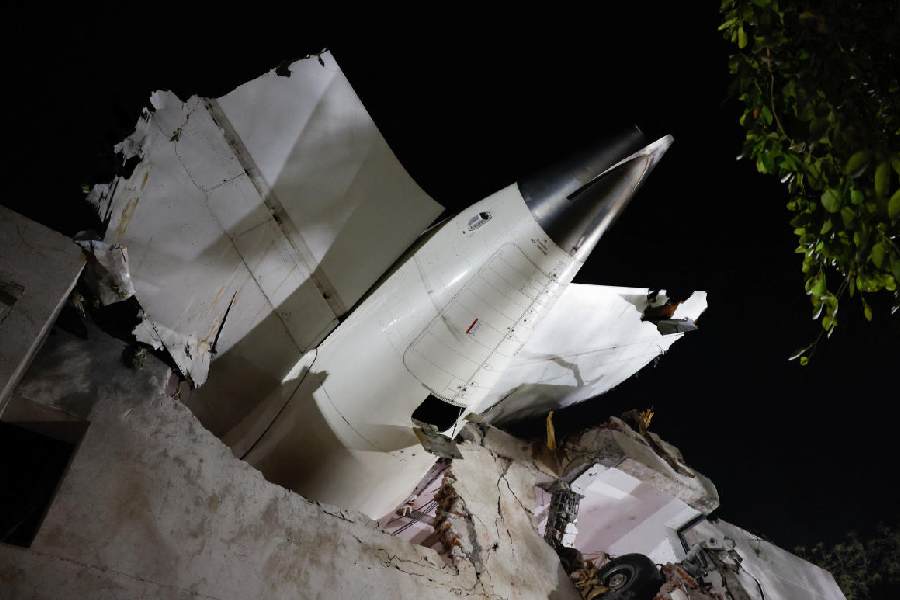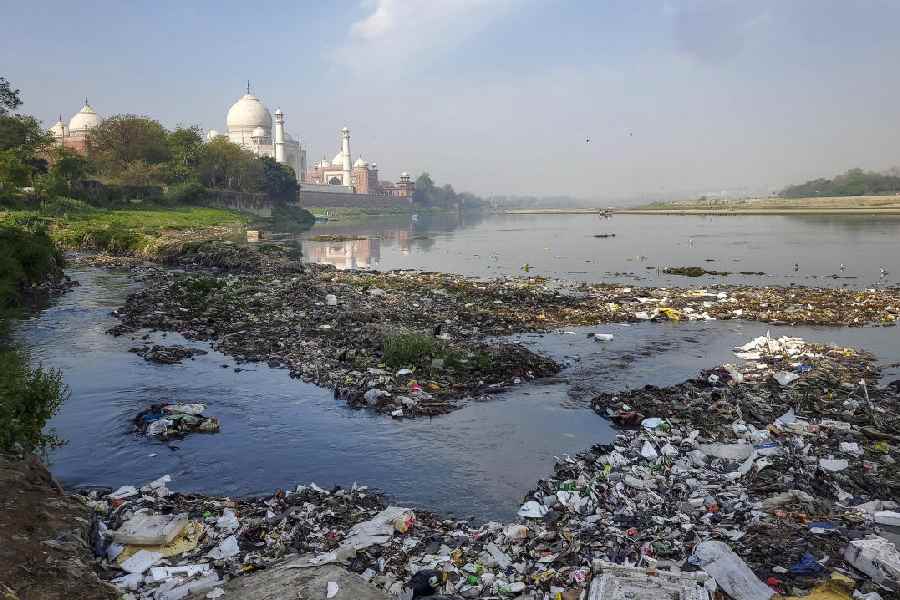 |
| People had to hurriedly bring out their umbrellas as the sudden thunder squall caught them napping. Picture by Sanjib Mukherjee |
Bhubaneswar, May 19: A thunder squall hit parts of coastal and northern Orissa bringing much needed relief from the scorching heat.
Weather officials said while it rained almost throughout northern Orissa, where the squall’s impact was quite visible, cities such as Cuttack and Bhubaneswar also experienced sharp showers.
“The areas where the impact of the squall was felt the most include Keonjhar, Mayurbhanj, Balasore and Bhadrak. But it has caused rains in some other areas as well including parts of Khurda district,” said local weather officials.
The impact of the squall in northern Orissa districts can be gauged from the fact that they registered a rainfall of around 45 millimetres, which was enough to bring the temperature down.
Over the last few days, the state had turned into a virtual oven with the mercury hovering around the 40°C mark in most places. Extreme humidity added to the woes of the people.
“The exact rainfall figures would be available later. We are also not sure of the speed of the winds caused by the squall,” said weather officials.
However, they felt certain that the thundersquall would result in more than a temporary relief from heat for the people.
“We hope there will be more such thunder squalls in the days to come. Hence the weather conditions may change significantly bringing relief to the people,” said officials.
Such thunder squalls, known locally as kalbaisakhi, have been the phenomenon of summers in Orissa, which has witnessed an unusual rise in mercury, the result of a combination of factors including greenhouse effect.
“The thunder squalls sometimes cause destruction but more often than not they are welcome as they cool down the atmosphere,” said weather officials.
The last time a thunder squall hit Bhubaneswar was on April 29. Since then the capital and its neighbouring areas have been reeling under an unabated heatwave that showed no signs of coming down. The squall had then left the city in complete mess with civic authorities struggling to clear the roads of uprooted trees and billboards.
Several areas were plunged into darkness after the storm. Accompanied by rain, it reached a wind speed of 87km per hour. The city recorded 14.8mm of rain within three minutes.
The destruction was quite visible in areas such as Shahid Nagar, Master Canteen and Laxmi Sagar.
On the brighter side, the storm had cooled the weather in the capital for some time bringing much needed relief from the sweltering heat.










